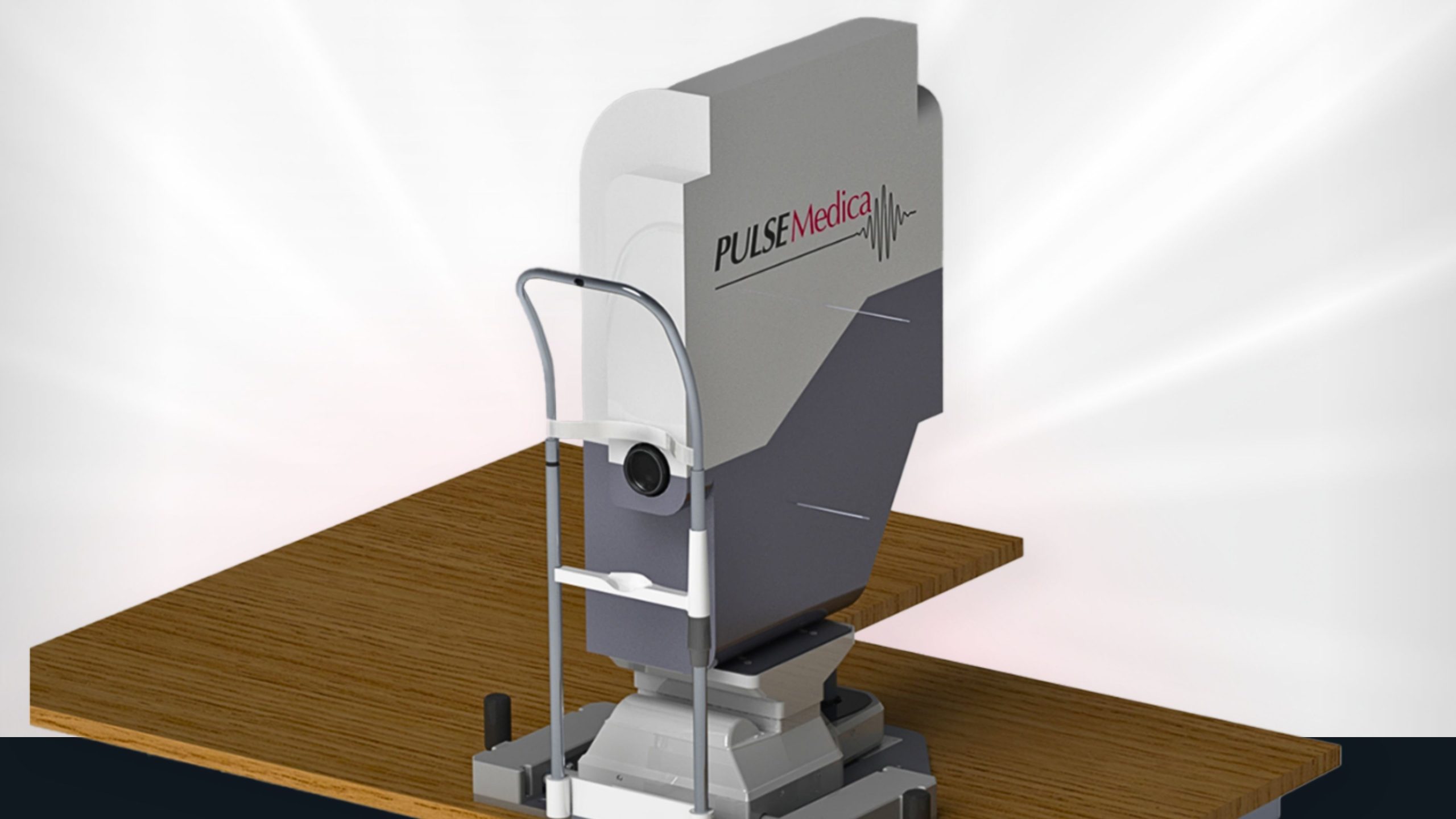Developing revolutionary technology to diagnose and treat vitreoretinal disease
Introducing the world’s first non-invasive, image-guided laser platform for eye floaters and posterior eye conditions
PROJECT METRICS
The Challenge
Vitreoretinal diseases, such as eye floaters, age-related macular degeneration (AMD) and diabetic retinopathy, represent a significant global health burden due to their high prevalence, particularly among aging populations, and left untreated can lead to vision impairment and blindness. These conditions are typically chronic and progressive, often resulting in a profound impact on quality of life, independence, and well-being. The economic burden is substantial, encompassing both direct healthcare costs and indirect costs related to lost productivity and caregiving. Current treatment options are often invasive and frequently inadequate. Most therapies rely on invasive intravitreal injections administered every four to eight weeks—an approach that increases treatment burden, lowers adherence, and contributes to suboptimal outcomes. In many cases, effective treatments do not exist at all. While novel therapies such as gene editing and retinal implants are under investigation, they remain experimental or narrowly applicable. Compounding these gaps, early detection remains difficult: many patients are asymptomatic until more advanced stages of disease, and access to diagnostic imaging tools like OCT is inconsistent. Collectively, these challenges underscore an urgent need for more effective, accessible, and less invasive solutions to diagnose and treat vitreoretinal disease—before vision loss becomes irreversible.
The Solution – INOVAIT Project
With support from INOVAIT’s Pilot Fund, PulseMedica is addressing critical gaps in vitreoretinal care with a first-of-its-kind diagnostic and treatment platform—initially focused on symptomatic eye floaters. The system integrates high-resolution 3D imaging, real-time tracking, and machine learning algorithms to detect and classify floaters at earlier stages, enabling more accurate diagnoses and timely clinical intervention. PulseMedica’s platform overcomes a long-standing challenge in ophthalmology: the inability to non-invasively visualize and precisely treat pathology in the posterior segment of the eye. By leveraging femtosecond laser technology, PulseMedica’s device enables real-time, image-guided treatment that destroys floaters directly within the vitreous—eliminating the need for invasive surgery. PulseMedica’s platform overcomes a long-standing challenge in ophthalmology: the inability to non-invasively visualize and precisely treat pathology in the posterior segment of the eye. By leveraging femtosecond laser technology, PulseMedica’s device enables real-time, image-guided treatment that destroys floaters directly within the vitreous—eliminating the need for invasive surgery. This non-invasive, office-based approach represents a major advancement for both patients and clinicians. PulseMedica’s goal is for ophthalmologists to have access to a safe, effective, and scalable solution for floater treatment—bringing meaningful relief to millions of patients who currently have no viable therapeutic options. Building on the success of its Pilot Fund project, PulseMedica’s Focus Fund project supported efforts to advance the development of next-generation prototypes that integrate comprehensive 3D imaging, automated floater detection, and laser-based treatment delivery into a single unified platform system. These systems will be evaluated in first-in-human clinical trials for floater treatment, representing a pivotal milestone in the path toward commercial application. By reducing the burden of care and offering a scalable solution to a highly prevalent condition, PulseMedica is positioned to reshape the standard of care in ophthalmology—starting with the $35B U.S. market opportunity for symptomatic floaters.
Funding Type: fonds Focus
Year of Funding: 2022
INOVAIT Funding Amount: $1,997,700.02
Total Project Funding Amount: $5,993,100.02
PulseMedica
PulseMedica, an Edmonton-based medical device company, is developing the world’s first non-invasive, image-guided laser platform for the diagnosis and treatment of vitreoretinal disease. The system combines high-resolution 3D imaging, machine learning-based tracking, and femtosecond laser technology to enable real-time visualization and automated treatment—offering a safe, office-based alternative to invasive surgeries. PulseMedica is laser-focused on improving the quality of life for millions by building transformative technology to image and treat diseases of the vitreous and retina. Its short-term vision is to become the global leader in non-invasive, safe, and effective screening and treatment of eye floaters. Long-term, the company aims to set the global standard for diagnosing and treating vitreoretinal disease.

"INOVAIT’s support has been instrumental in helping us advance from concept to clinic. Their funding has enabled us to accelerate development, validate our technology, and take critical steps toward first-in-human clinical trials. We’re deeply grateful for their belief in our vision and for empowering Canadian medtech innovation."

Eric Martin
COO
PulseMedica

